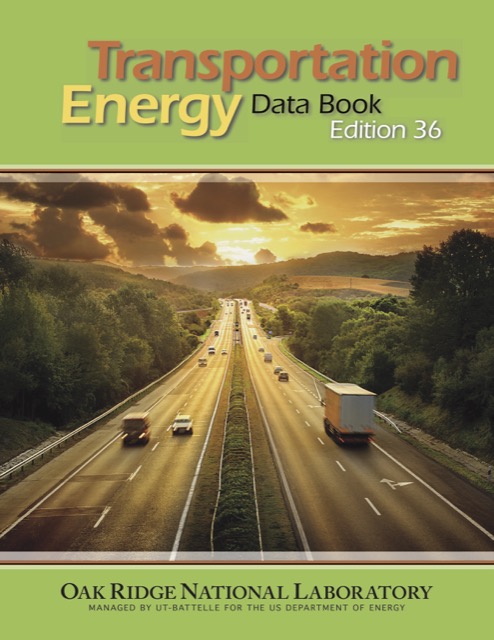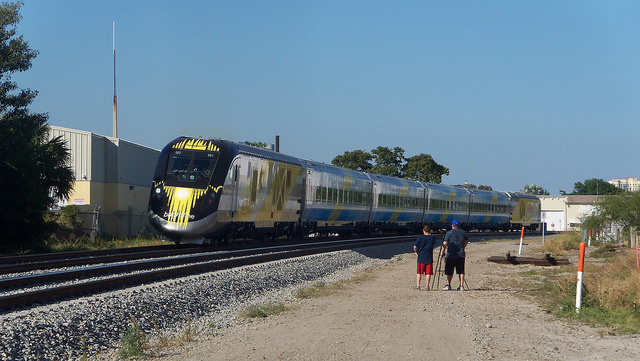Someone claims to have obtained a leaked document relating to the mythical Trump infrastructure plan. The document is sketchy and contains no hard dollar figures, but it gives an idea of what might be in a final plan.
The document proposes seven different initiatives or programs. The largest, called the Infrastructure Incentives program, would get half of any appropriations to pay for up to 20 percent of the cost of “core infrastructure projects” including transport, water, power, superfund, and flood control projects. The document doesn’t seem to distinguish between new projects and rehabilitation of existing ones, so the politicians who seek the funds would probably be biased in favor of new. Projects would be rated on a variety of criteria the most important of which would be the ability of the state or local government to sustain financing for the project.
Rural infrastructure is the second-largest program, getting 25 percent of funding for transport, water, power, and broadband. The funds would be distributed as block grants rather than matching funds, based on each state’s population and rural road miles. Continue reading









